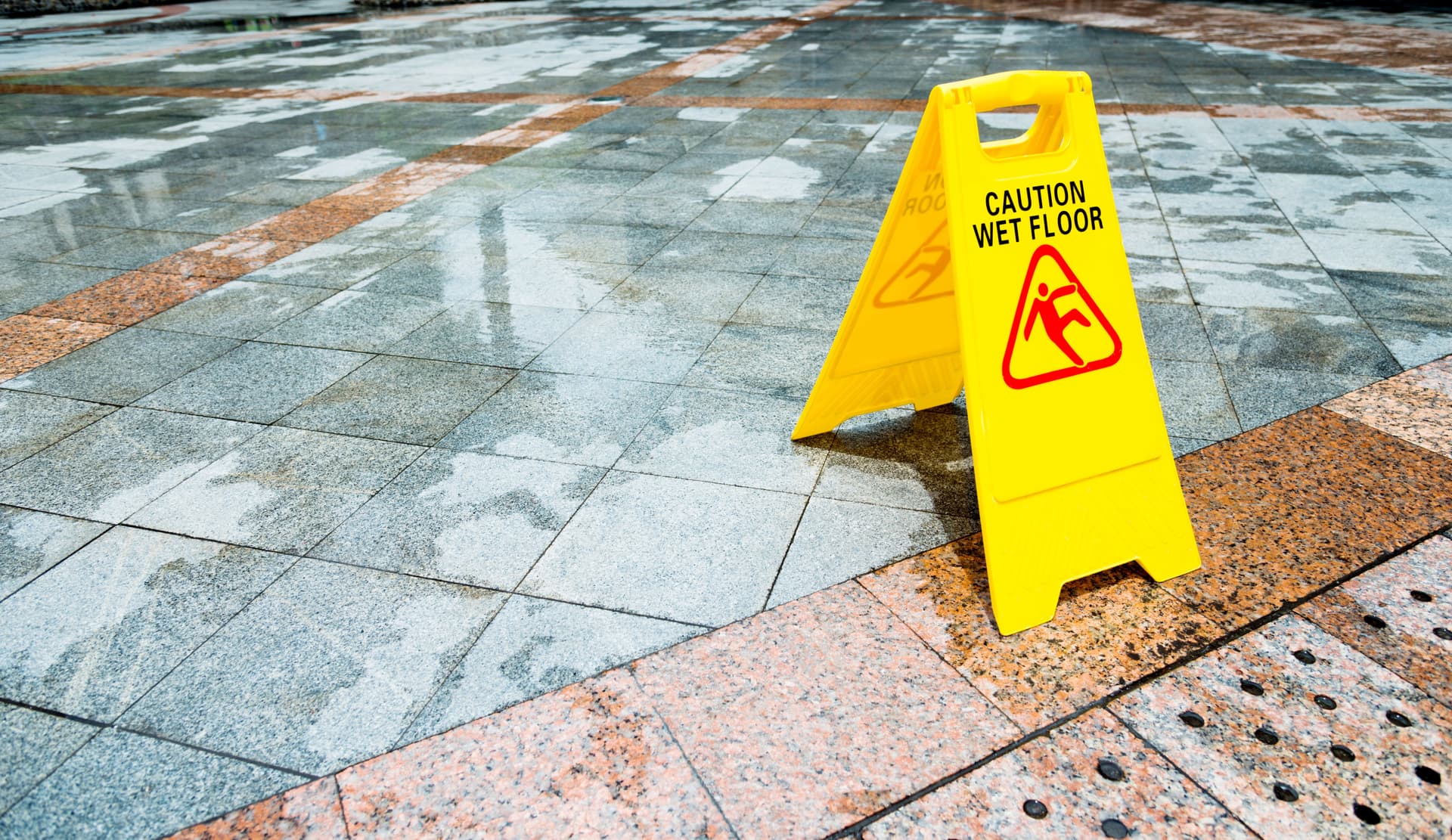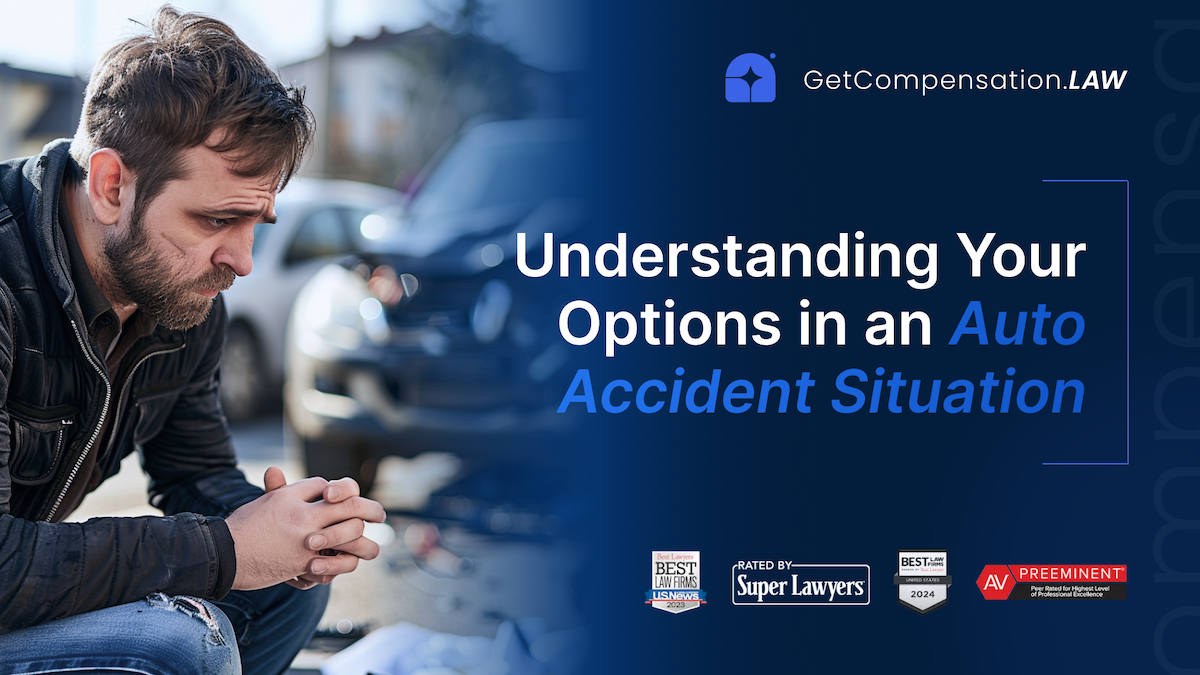
How Slip and Fall Settlements and Lawsuits Work: From Insurance Negotiations to Courtroom Trials
Understand how slip and fall settlements, negotiations, and lawsuits work. Learn how compensation is calculated and how GetCompensation.LAW connects victims with powerful attorneys who handle insurers and trials.
Our Network of Attorneys Are Recognized by the Best
Slip and fall accidents can feel overwhelming from the very first moment. One second you are walking normally — and the next, you are lying on the ground, injured, confused, and unsure of what caused the fall. As medical bills start piling up and the ability to work becomes uncertain, victims face another challenge: dealing with insurance companies who are far more focused on protecting their profits than providing fair compensation.
Right at the beginning, it is vital to highlight the role of GetCompensation.LAW, whose mission is to connect victims with powerful personal injury trial attorneys ready to confront insurers directly and pursue the full value of their claims. Understanding how settlements and lawsuits work is one of the most important steps toward achieving justice.
Slip and fall claims often follow a complex legal and procedural path. For victims, knowing what to expect — from initial negotiations to possible courtroom litigation — can make the difference between a low settlement and a complete financial recovery. The legal system provides a structured way to address injury claims, but insurance companies rarely make this process easy.
Understanding the Foundation of a Slip and Fall Case
Every slip and fall case begins with the same fundamental question: Did negligence by the property owner cause the victim’s injuries?
This question influences every step of the claim process — negotiations, lawsuit filings, trial strategies, and the final compensation amount.
To answer this question strongly, attorneys conduct a liability-focused case analysis, examining:
- how the hazard formed,
- whether the property owner was aware of it (or should have been),
- whether reasonable steps were taken to fix or warn about the hazard,
- how predictable the accident was,
- and whether the victim took reasonable care when moving through the area.
This analysis forms the backbone of the case. Without it, negotiations with insurers collapse quickly — because insurance companies search aggressively for any reason to deny liability.
But when the story behind the hazard, the owner’s negligence, and the victim’s injuries is presented clearly, insurers lose much of their leverage. This is why victims need attorneys who understand how to turn evidence, witness statements, and legal standards into a compelling demonstration of fault.
How Evidence Shapes Insurance Negotiations
Insurance negotiations become stronger when the case is built on structured evidence development — a strategic process that includes documenting the scene, preserving physical proof, obtaining surveillance footage, interviewing witnesses, gathering medical reports, and identifying maintenance failures.
The negotiation process becomes significantly more favorable for the victim when evidence shows:
- lack of inspections,
- ignored complaints,
- recurring hazards,
- previously known unsafe conditions,
- or failure to follow safety procedures.
Insurance adjusters operate with one objective: pay as little as possible. They may offer low settlements early, hoping that victims feel pressured or afraid. But when evidence leaves no room for doubt, insurers shift their approach — because they know that taking the case to trial carries financial risks.
Victims with strong documentation are rarely forced into unfair settlements. Instead, they negotiate from a position of power.
The Role of Medical Evidence in Increasing Settlement Value
The value of a slip and fall settlement is heavily influenced by the nature and severity of the injuries. Every injury has long-term consequences — not just physically, but financially. This is why attorneys examine injury severity implications closely.
This part of the evaluation includes:
- the need for surgery or long-term therapy,
- the extent of pain and limitations,
- future medical care requirements,
- inability to work during recovery,
- long-term or permanent disability,
- reduction in quality of life,
- emotional distress,
- and the overall impact on daily functioning.
Many slip and fall victims underestimate their injuries in the beginning. Soft tissue injuries may worsen over time. Spinal problems may not appear on imaging immediately. Brain injuries may evolve slowly. Insurance companies exploit this lack of understanding by pressuring victims into fast, low settlements.
A complete medical assessment prevents insurers from ignoring the true consequences of the fall. It also provides clear documentation of injuries that may require years of treatment. This is essential for determining the full and fair compensation owed to the victim.
Why Negligence Determines Settlement Amounts
The degree of negligence involved in the case is one of the strongest predictors of settlement value. Some slip and fall cases involve minor oversights, while others reveal serious or repeated failures by property owners. When attorneys uncover patterns of negligence — ignored complaints, months of unattended hazards, broken safety rules — compensation increases dramatically.
This is where negligence-driven case outcomes become essential. They reveal why the hazard existed and whether it could have been avoided. If the property owner deliberately postponed repairs, failed to train staff, or disregarded standard safety practices, insurers know that juries may award significant compensation at trial.
Because of this risk, insurers sometimes settle for higher amounts to avoid the possibility of punitive damages or a courtroom loss that brings public scrutiny.
How Insurance Negotiations Actually Work
Most slip and fall claims begin with a formal demand letter from the victim’s attorney. This letter outlines:
- the hazard,
- the negligence that caused it,
- the injuries suffered,
- the evidence preserved,
- the financial losses,
- and the compensation amount required.
Insurance adjusters review the demand, compare it to internal risk assessments, and attempt to counter with a lower offer. Negotiations can go back and forth for months, depending on how clearly liability is established.
Insurers often attempt strategies such as:
- downplaying injuries,
- questioning the victim’s credibility,
- arguing the hazard was obvious,
- suggesting the victim walked carelessly,
- claiming medical treatment was unnecessary,
- or attempting to blame the fall on footwear.
However, these tactics lose effectiveness when the case is thoroughly documented. Adjusters become far more cooperative when it becomes clear that the victim and attorney are prepared to escalate the case.

Moving From Negotiation to Lawsuit
When negotiations fail to reach a fair resolution, the next step is filing a lawsuit. This often changes the dynamic entirely. Insurers who dismissed the claim earlier suddenly face legal deadlines, discovery obligations, and the possibility of a jury trial.
Once a lawsuit is filed, both sides begin formal legal discovery, including:
- depositions (sworn testimony),
- requests for documents,
- written questions,
- expert consultations,
- and site inspections.
This is where many victims feel the advantage of having strong representation. Slip and fall lawsuits can be technical and aggressive, and defendants frequently attempt to delay, obscure, or dispute evidence.
But the litigation process uncovers facts that insurers hoped would remain hidden — such as maintenance failures, ignored safety complaints, or documents showing the hazard existed long before the fall.
When Slip and Fall Cases Go to Trial
Most cases settle before trial, but some require courtroom litigation. A trial brings the case before a judge and jury, allowing both sides to present arguments, evidence, and testimony.
A strong case includes:
- clear visuals of the hazard,
- polished witness testimony,
- expert analysis of injuries,
- medical documentation,
- and compelling explanations of negligence.
Juries respond strongly to stories of property owners who failed to protect visitors, especially when the hazard was easy to fix. This is why cases involving clear negligence often result in substantial verdicts.
When juries see that a corporation chose cost-cutting over safety, the outcome often favors the victim.
Why Early Legal Representation Changes Everything
From the first phone call with an insurance adjuster to the final verdict, legal representation shapes the outcome of a slip and fall case dramatically. Attorneys protect victims from manipulative insurer strategies, ensure medical care is documented properly, negotiate aggressively, and prepare for litigation when necessary.
The earlier a lawyer becomes involved, the stronger the case becomes. Evidence is preserved, witnesses are contacted quickly, and insurers learn they cannot take advantage of the victim.
GetCompensation.LAW connects victims with attorneys who have the skill, experience, and tenacity needed to handle slip and fall cases from start to finish — during settlement negotiations, litigation, and trial.
Conclusion: A Strong Slip and Fall Case Combines Strategy, Evidence, and Skilled Advocacy
Slip and fall claims are far more complex than most people expect. While insurers try to simplify the situation by placing blame on the victim or minimizing injuries, the legal reality is far more detailed. Compensation depends on careful documentation, compelling evidence, strategic presentation, and a strong understanding of liability and injury impact.
When victims take the right steps, build the right evidence, and rely on experienced legal support, they greatly increase the chances of securing the compensation necessary to rebuild their lives.
And through every stage of the process — negotiation, litigation, or trial — GetCompensation.LAW stands ready to connect victims with top-rated trial attorneys who fight relentlessly to ensure justice is served.




